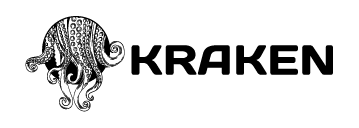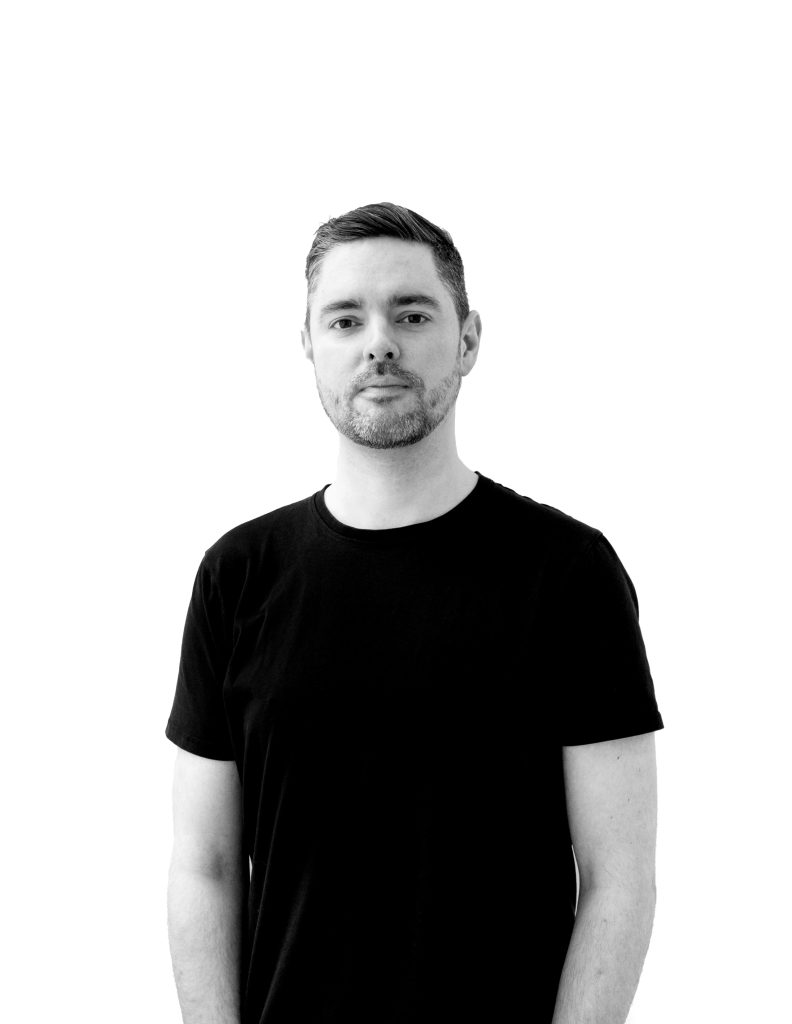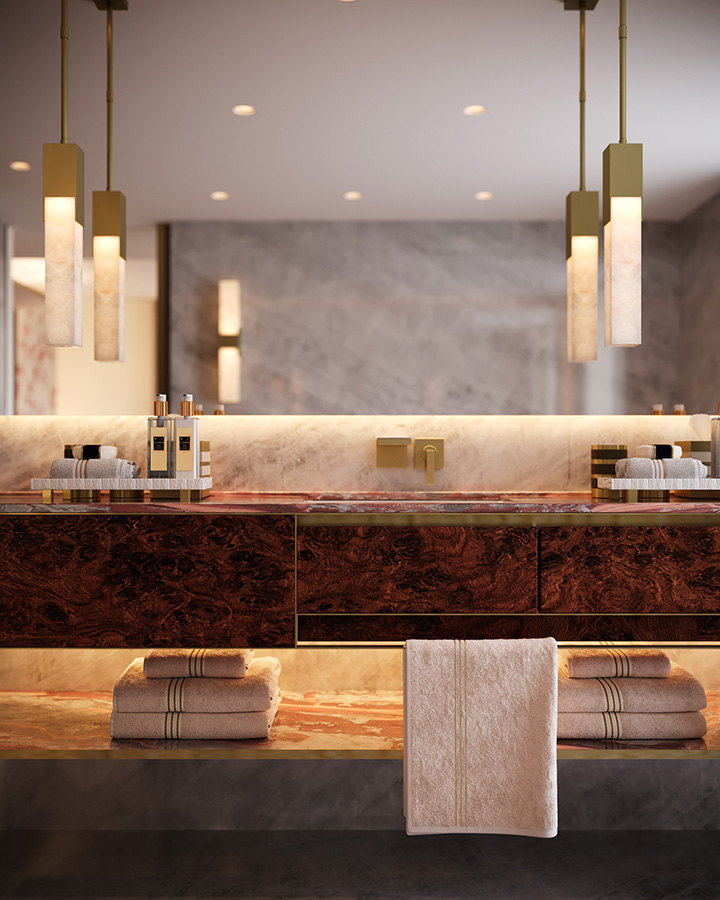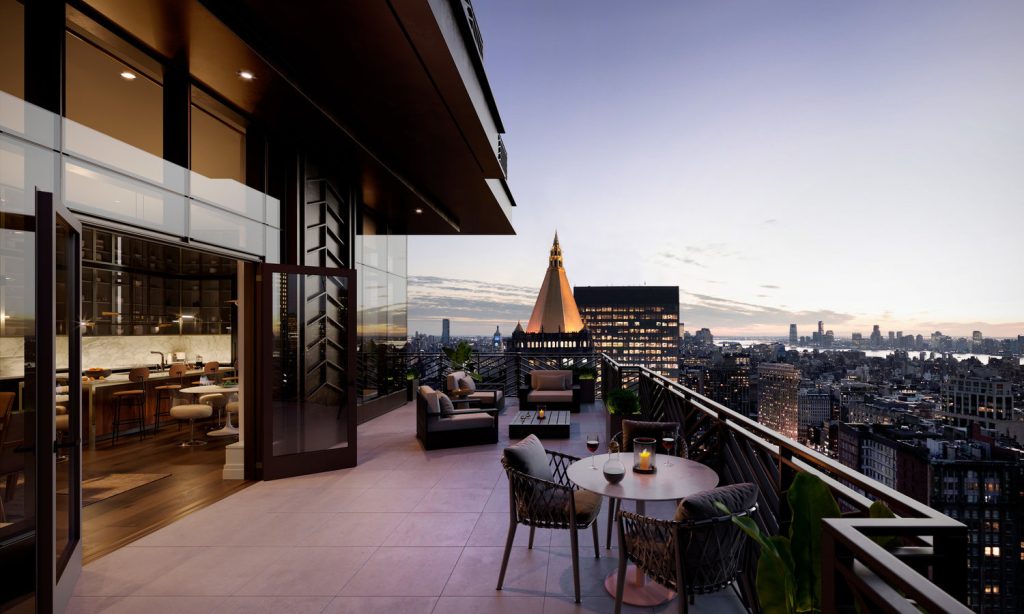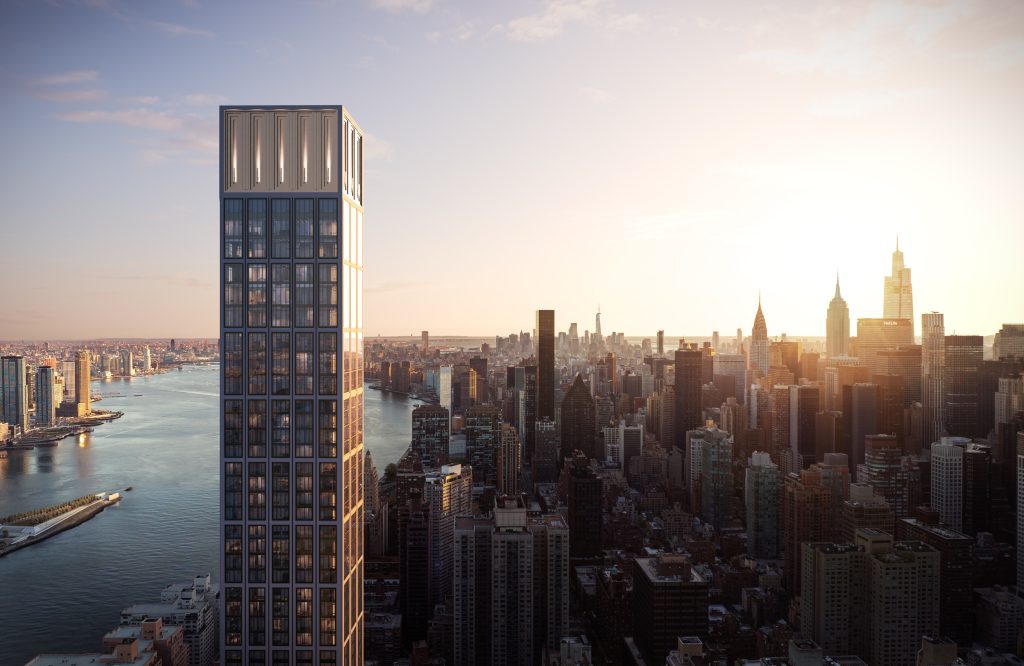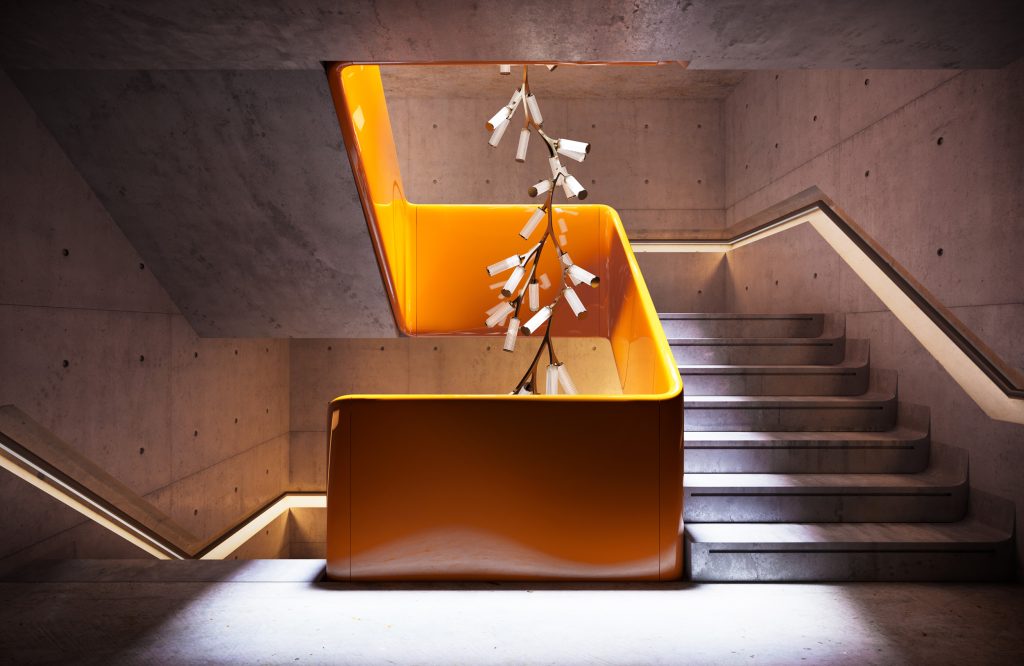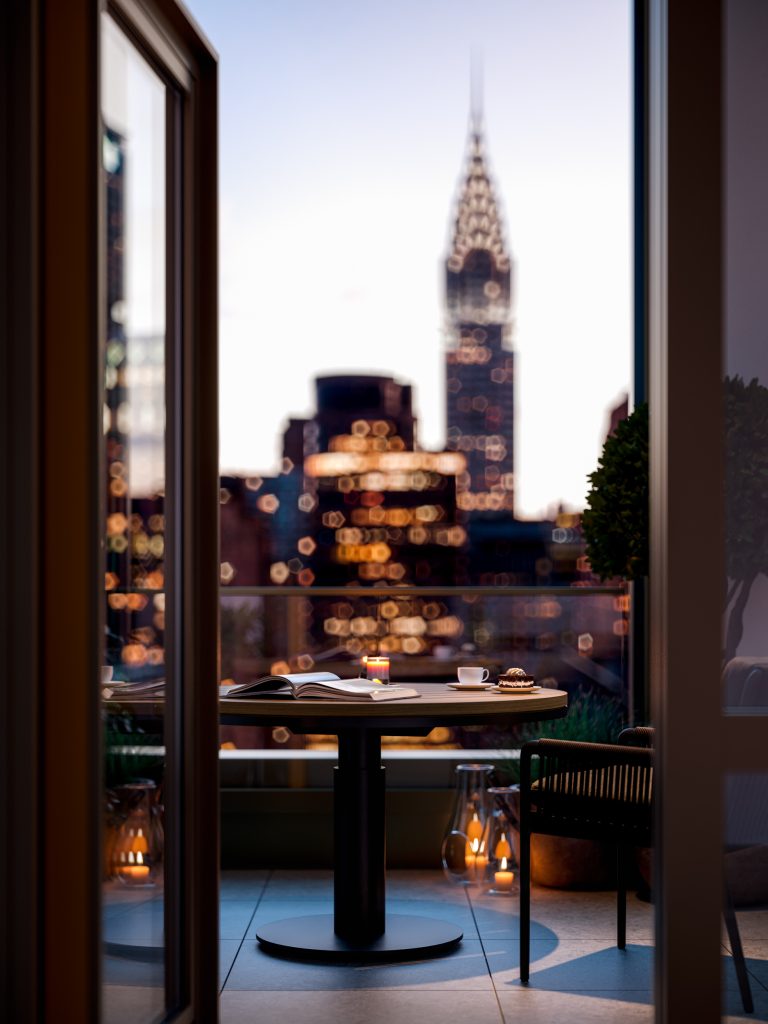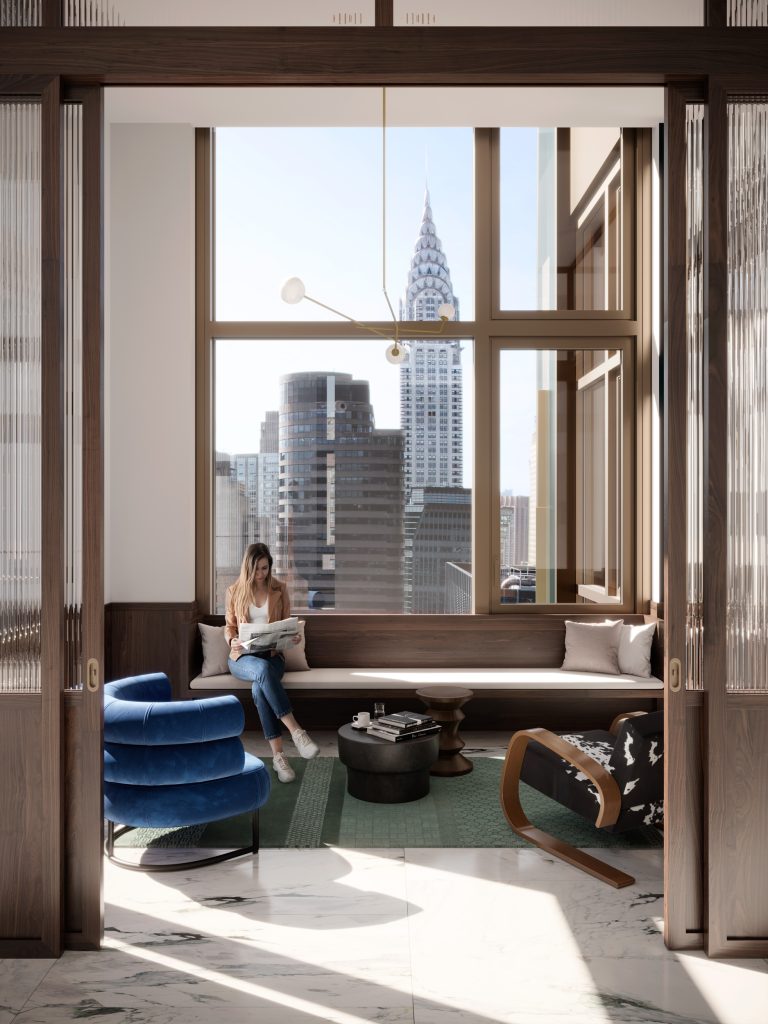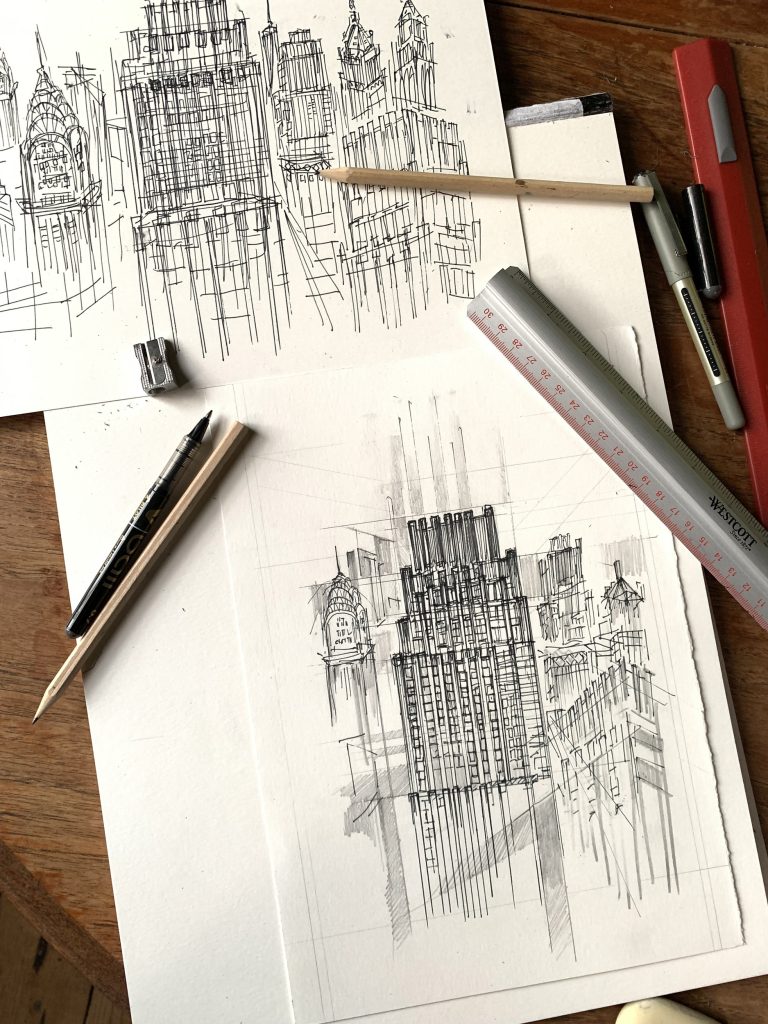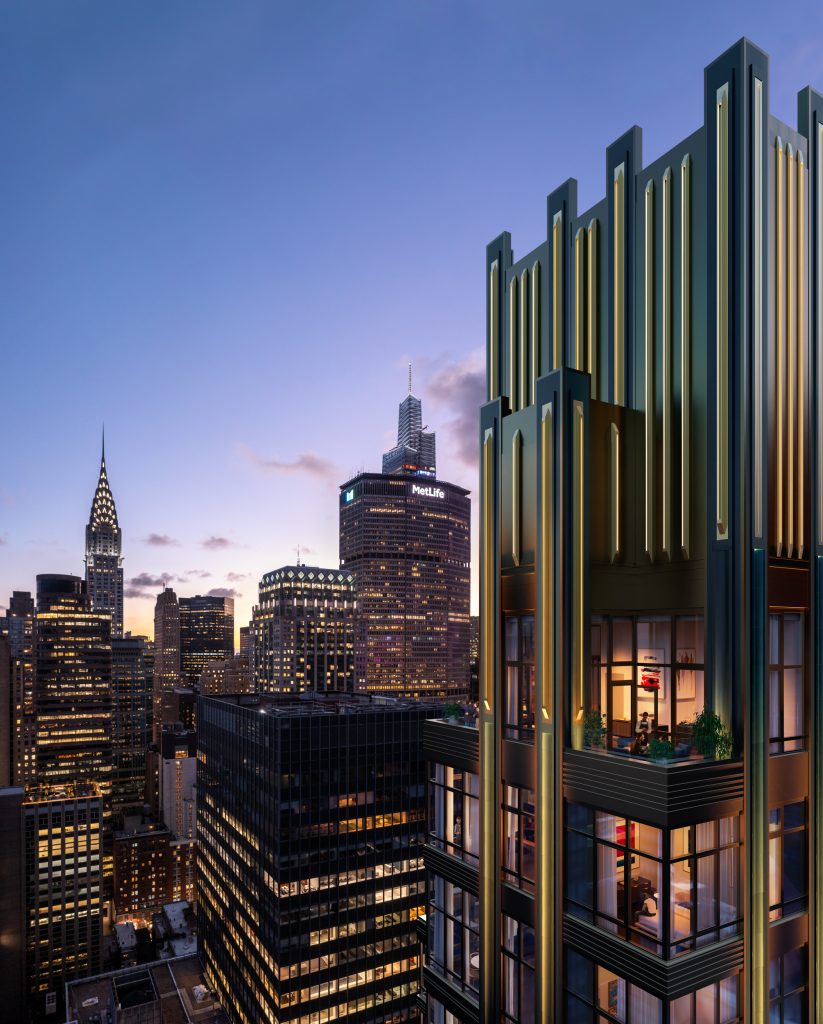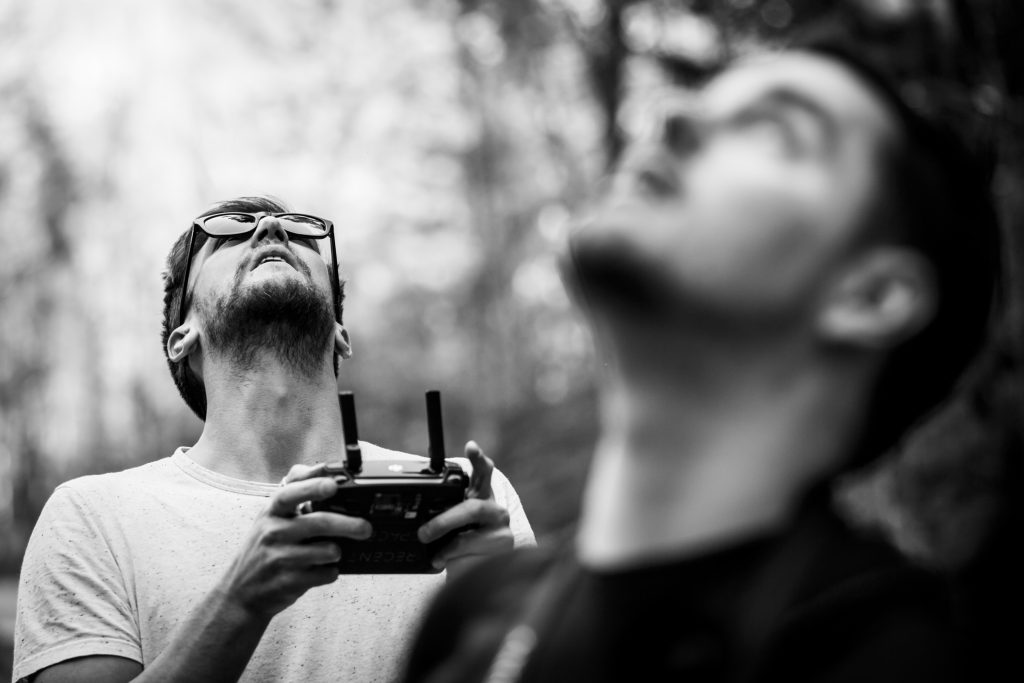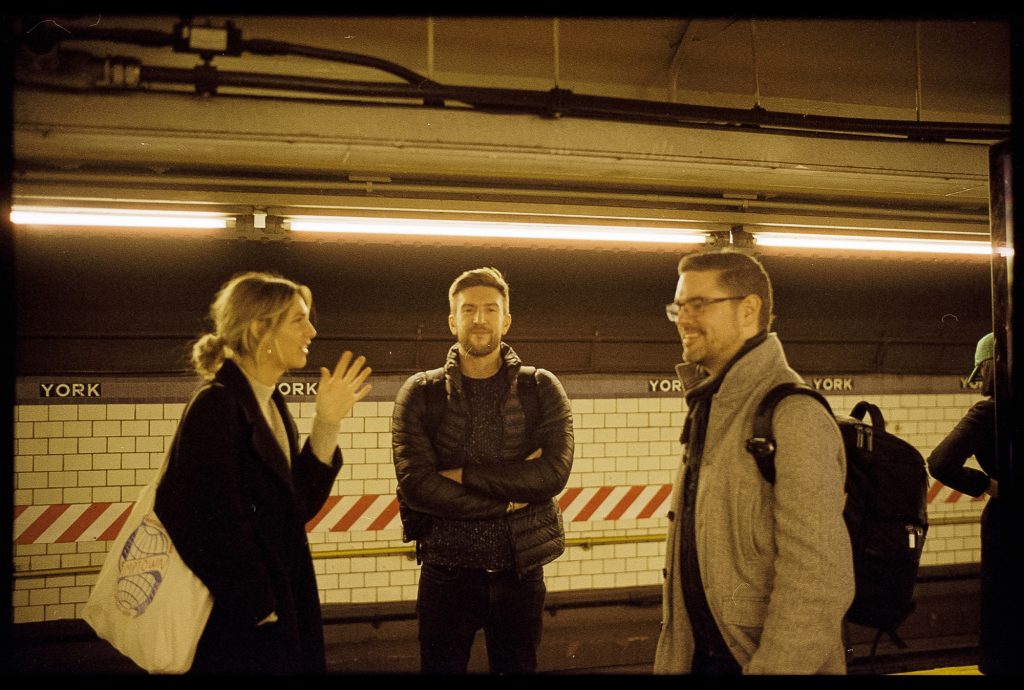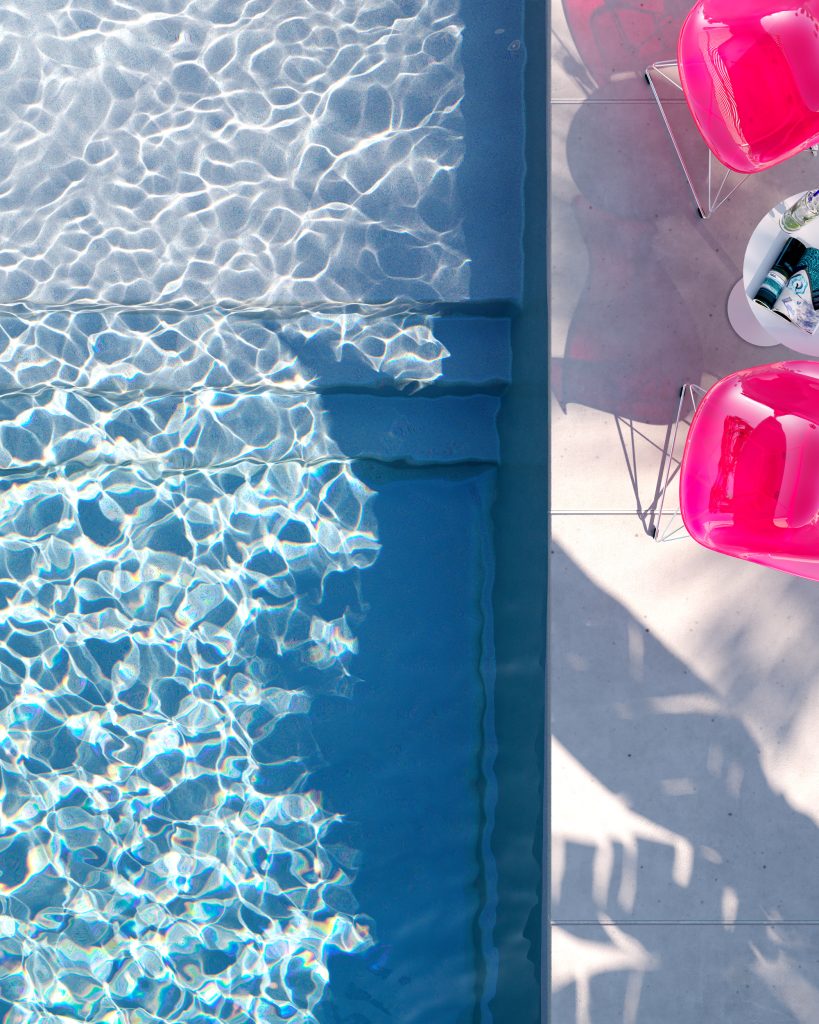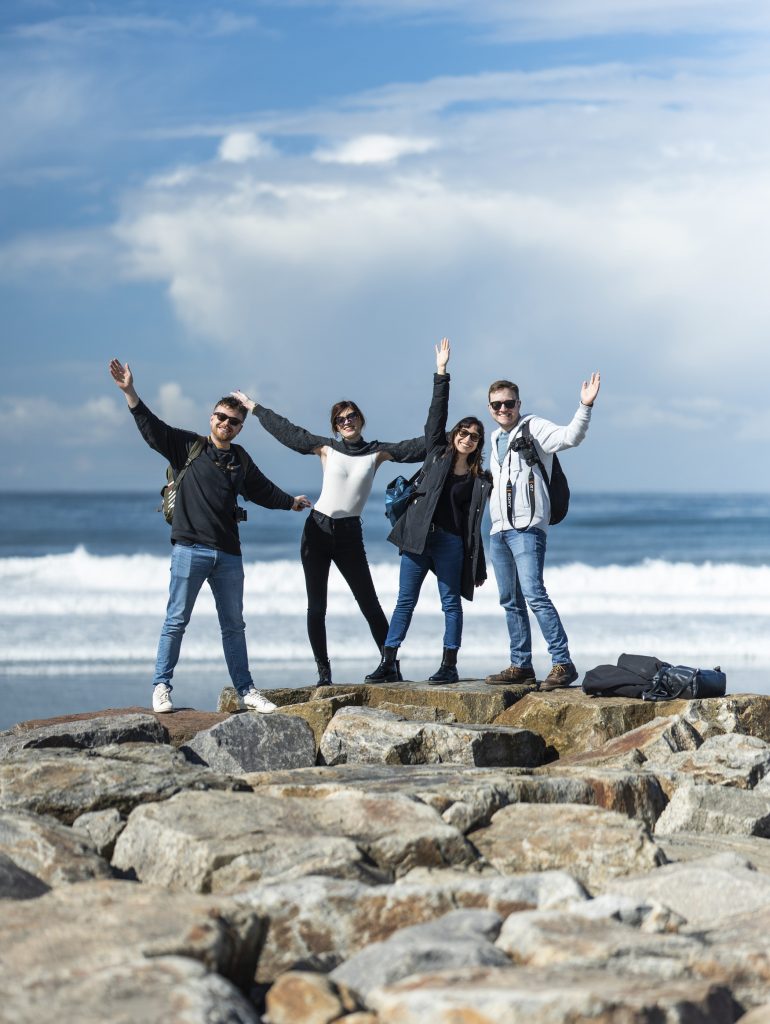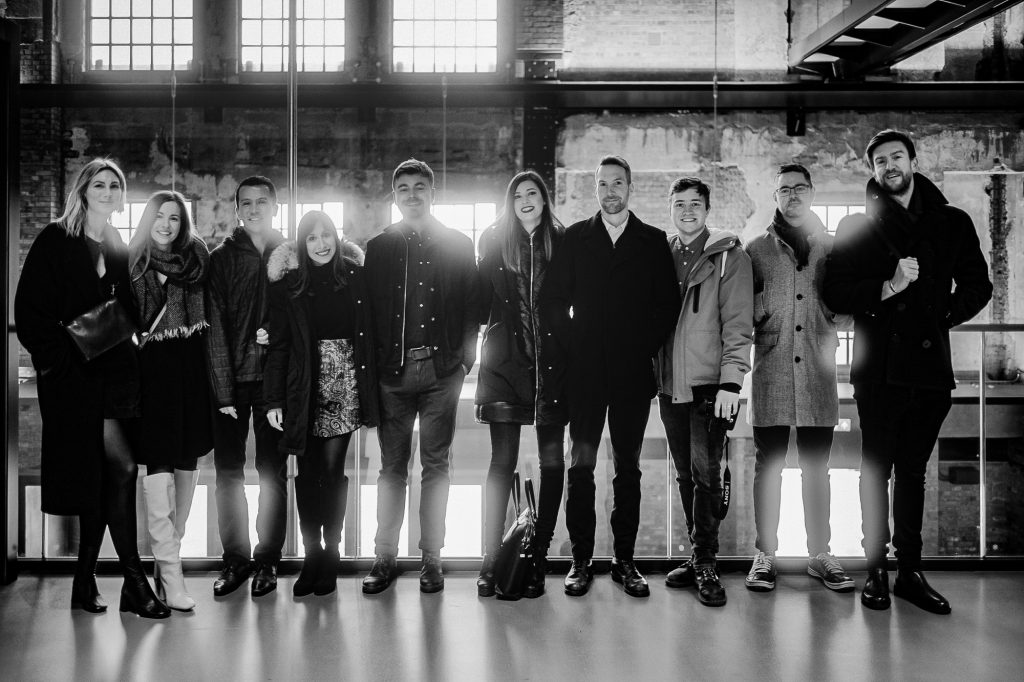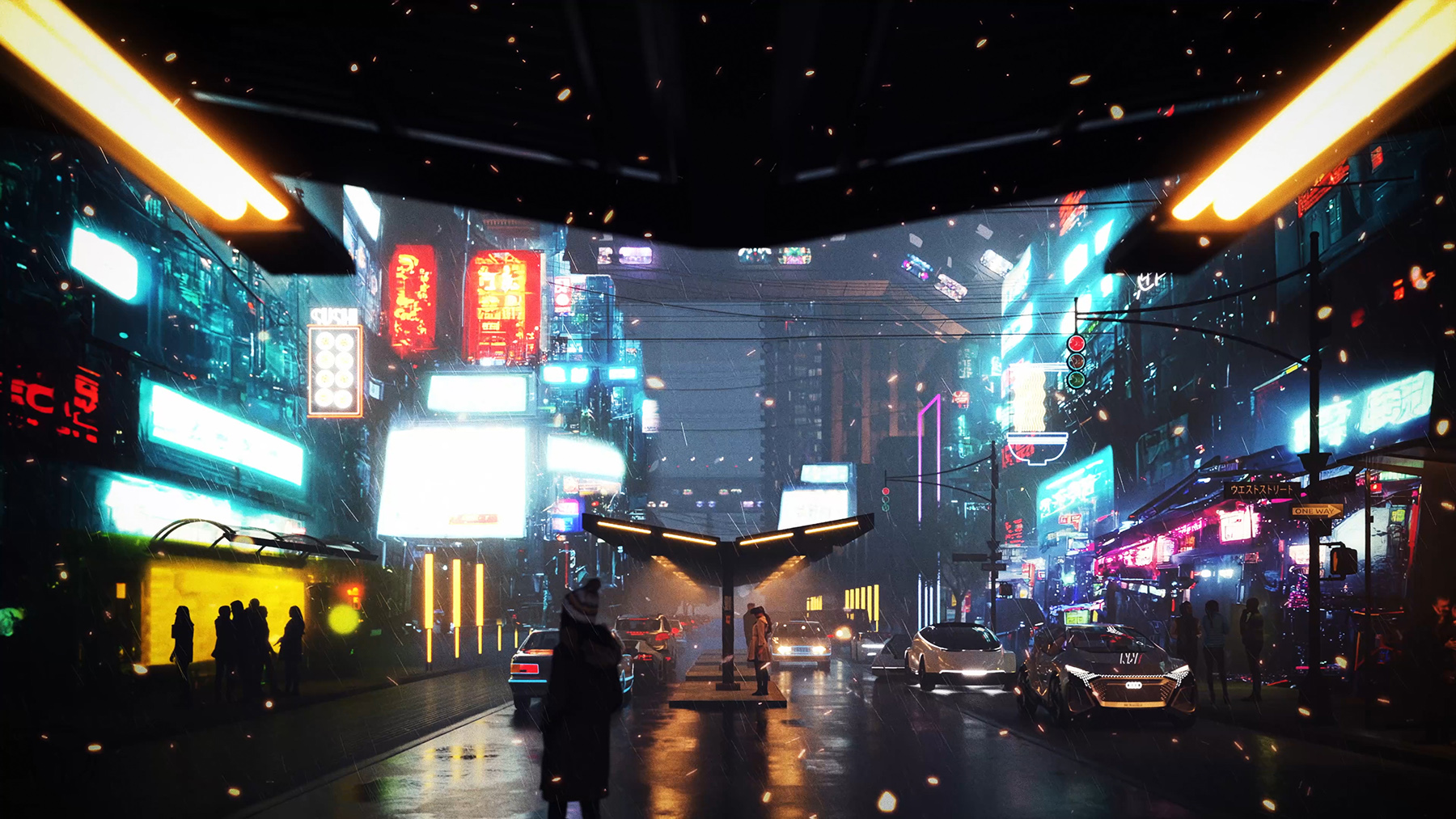SHORT PROFILE
Name : Alex York
Birth year : 1984
Country : UK
Company : Recent Spaces
Position : Co-Founding Partner
Website : recentspaces.com
[ Sélène Vilaseca ]
Let’s meet Alex York, one of the co-founding partners behind Recent Spaces. He teamed up with Iain Banks, his co-founder, after years of individual success. Alex’s background in architectural visualization, coupled with Iain’s cutting-edge grasp of tools and techniques, sparked a remarkable partnership.
Their journey began in 2015 with a shared vision: to exceed their limits together. Alex’s decade-long solo venture and Iain’s mastery of games design and modern tech blended seamlessly. The result? A dynamic company that’s been a thrilling and triumphant adventure.
Excited to learn about their collaboration and journey? Join us in the interview ahead.
Hi Alex, welcome to InterViz!
Can you start by introducing yourself and telling us a bit more about your background and the genesis of Recent Spaces?
I am one of the two co-founding Partners of the studio, along with Iain Banks. Both Iain and I studied computer animation together at Teesside in Middlesbrough, UK, back in the early 2000s. I then moved into arch-viz and Iain into games design. We both worked together for a couple of years at Hayes Davidson in London, cutting our teeth on the trade of arch-viz. I then ran my own one-man-band “studio” for about 10 years, working directly with architects, designers and occasionally for other arch-viz studios, and hiring freelancers from time-to-time. Iain and I met up some time in 2015 to discuss the idea of a potential collaboration, to create something together that could grow into something bigger than we could accomplish purely individually. By this point in my career I had achieved a lot, but I felt I was stagnating when it came to technical skills, and that the kind of projects I was working on rarely gave me the opportunity to flex my artistic muscles to a high enough level, so joining forces felt like a solid plan. My business background and experience running a limited company plus Iain’s extremely up-to-date knowledge of all the latest tools and techniques, and our shared, combined love of design, films and games, seemed like an obvious match. Iain taught me the essentials of Corona Renderer in one afternoon some time in summer 2015, and a few months later, after collaborating together on a few small but important test projects, we decided to push ahead with the idea and form a new company together. It’s been a wild ride, and pretty successful so far!
“We feel it’s pretty important that management/leadership have first-hand knowledge of how things are achieved and how long they realistically take.”
Alex
My role in the studio has evolved over the years, as you might expect. My key roles are new business and client relations, and art direction – working closely with the artistic team to help guide and support them with their work. I am also heavily involved in R&D, new technology, and I still keep a hand in production itself. Since we’re a small studio, we feel it’s pretty important that management/leadership have first-hand knowledge of how things are achieved and how long they realistically take, so we don’t put the team under undue pressure. I am also on most of our international trips and photoshoots – something I enjoy and value a lot. A great deal of our work these days is in the US, so it’s important to be on the ground there, meeting clients, establishing those relationships, and of course capturing backplates and videography for the projects themselves.
Could you share the story behind the choice of the agency’s name and its significance to your work?
We get asked this sometimes and funnily enough this came up in a very recent meeting we had with a client in London. We were asked how we work and if we are very strict about camera views or if we think and work more in terms of… spaces. The “Spaces” in our name is an indication of how we think. The philosophy is that design is holistic and should be explored and then represented as such. Interior designers don’t design purely for “moments” to be experienced/viewed from one particular fixed perspective. They design full spaces to be explored, containing hopefully many such moments, inviting you (the buyer, the visitor, the viewer) to discover them as you go. I think it makes much more sense to consider arch-viz, and indeed product-viz, in this way too. That said there is clearly a practical limit and it’s all about knowing where to focus time (and money). But this approach really is key to all our work. We strongly encourage our artists to build out spaces as fully as is practical and then explore them as a photographer or cinematographer would. This opens the process up to much more of an artistic, creative way of working and more unique, interesting visuals. This goes beyond just an ideal, and is quite literally about controlling virtual cameras as if they’re real, physical cameras with real lenses, fully understanding and embracing the links between aperture, shutter speed, iso, DOF, white balance, the character of a lens e.g. anamorphism and so on. These choices help to tell the story of a space or product, if done well.
“The “Spaces” in our name is an indication of how we think. Our philosophy embraces a holistic approach to design, that should be explored and then represented as such.”
Alex
I was in attendance at a talk in London once, soon after we formed the studio, where a partner from another arch-viz studio stood up and confidently proclaimed that “an architecture background is essential for the founders of any arch-viz studio”, or something to that effect. That is, of course, total nonsense, and Recent Spaces is proof of that. The fact that neither Iain nor I have an architecture background has, I think, ended up being an advantage. Coming from the worlds of film, photography, cinematography, games and animation has given us a unique angle and approach. The idea is to hire people who can do things better than you, who can compliment your own skills and interests, who can plug gaps in your own knowledge. Our artistic team is made up of people from a multitude of interesting backgrounds and training, including architecture, product design, prop-making for film and TV, photography, interior design and others. As founders, I think it’s a strong overall creative vision and guidance that our team needs from us more than any hyper-specific skill set, whether it’s architecture or rendering/software or photography etc. Ultimately, it’s our job to represent someone else’s design, most of the time anyway, and so I think a cinematic, photographic approach is massively beneficial.
“I attended a London talk where another arch-viz partner claimed architecture backgrounds were essential for the founders of any arch-viz studio.
Recent Spaces proves otherwise — we have used this to our advantage.”
Alex
But the name has taken on even more meaning than perhaps it initially had. Our workload is now split more equally with product design clients, and they are coming to us with products, not with spaces. They’re looking to us to design rooms, gardens, entire houses and landscapes… cities, even. This is an exciting and unexpected development within our industry. I think we might have been one of the first studios to be working in this way, with our work for lighting design companies and others, where we were designing fantastical and memorable spaces to market their new and prototype products. Since then this has become something many arch-viz studios have branched out into. It’s a very rewarding and creative process, whether it’s designing a room for a chandelier, or a garden for an outdoor spa or pool, or a house for a solar product array, or even all of the luxury interiors for $50m penthouses in landmark condo towers in Manhattan. Gaining that level of trust from some of the biggest developers in the US has been heartening and highly rewarding.
How would you define the unique style of Recent Spaces? What are the key elements that contribute to the visual identity and signature look of your agency? Furthermore, could you point to a specific project that you feel represents the essence of Recent Spaces’ style and approach?
I suppose I might have somewhat answered this in one of your previous questions, but the cinematic approach, the photographic approach, is absolutely key. We speak about this in all of our talks and interviews, but it’s truly fundamental to our studio’s work. I don’t think there is a clear visual “style” one could easily associate with our work, not in the same way that many studios have, and this is most certainly by design. We are known for finding the unusual “in-between” times of day, or a slightly unusual, special camera angle. For us, the very first and most important thing always is to accurately and faithfully represent the design. It would be the height of arrogance to try to shoehorn a visual style or aesthetic onto a design that just isn’t there, simply because that’s your studio’s “thing” and stubbornly refusing to adapt to what’s in front of you. But having a more curated, thoughtful approach to viewfinding and image planning is a major part of our process. As an example, we often try to convey what it might be like to experience a building or space as an owner might, from a neighbouring building like a restaurant opposite the project, or a more natural, unexpected viewpoint within a space. This is a step away from the classic architecture photography approach (i.e. wide angle shift lenses). Both work together well, and both are needed to tell the full story of a space or project, usually.
Beyond that, photography is of course extremely creative, and it’s possible to radically change the depiction of a space or object just by changing, for example, the white balance of the image. The character of a space can be completely altered, and not always for the best, in this way. And that is why we firstly take steps to faithfully represent our clients’ projects. That’s not just in the modeling and materials, because that’s obvious and a ‘must’ in any case. It’s really about lighting, camera angles and photography. You can make a space feel tiny simply by improperly utilizing a shift-lens against the natural positioning of the camera and the ceiling, for example. You can also inadvertently make a space feel too cold, or too warm, and more or less destroy the carefully selected finishes the designer has chosen, simply by using an inappropriate combination of white balance, interior lights and tone mapping/grading. You can also throw off the whole “vibe” of a space or project by not responding thoughtfully to the design intent.
“The cinematic approach,
the photographic approach,
is absolutely key for us.”
Alex
One such example that represents the essence of our approach is the Monogram New York project, the marketing campaign for which has only just started to be launched and so nobody’s really seen much of this yet. During some initial meetings with the marketing team, it seemed like the visual approach to this project was somewhat up-in-the-air, and with a few slightly conflicting opinions about how best to represent it, so it required some considerable image-planning and time spent really digging into the essence of the design. We do often have a slightly top-heavy approach to projects of this type, but it really pays off, I think. The result is a large set of visuals including a short film, all of which I think properly and respectfully reflect the project, not only in its interior and exterior presentation but also its core identity and within its neighbourhood. We’re proud of the results and I think this sums up our approach. We are always vocal with our clients about what we think works or does not work in a project, from simple viewpoint and time of day discussions to the overall vision, and I think this defines in no small part the ‘spirit’ of Recent Spaces. Our clients don’t come to us because they can order us to do X, Y and Z like a factory line. They come to us because they know we’ll tell them when we think something can and should be done differently, and better, and when we have their full trust the results can be something special.
Beyond this, I think what also strongly defines us is hopefully a noticeable lack of arrogance or “rockstar” personalities, across the whole team. I personally think there’s too much of that within our industry and it’s all quite tiresome, whether it’s agency-to-client relationships or shenanigans at festivals, or wherever – people who talk the talk but fail to walk the walk… We’ve found that quite a lot of our biggest clients have come to us not only because they like our work, but also because they’ve heard we’re very easy to work with, and we certainly pride ourselves on that. Unfussy, direct, bold and clear is the way we do things. There’s a major difference between showing confidence in your services and approach, and just being stubborn, difficult and unhelpful. I’ve seen, and continue to see quite a few notable studios and individuals struggling to get this balance right, and we’ve had clients say to us that they’re simply tired of working with difficult rendering agencies. It’s important to recognise that the team you’re working with are usually experts in their field, and to respect that, even when they might be flapping in the wind or changing the goalposts at the last minute. There’s usually something we can do to help, and they’re often just unaware of the solutions until you talk it through. I’ve been doing this a long time now, and I do think that things like humility, patience and an ability to think around problems are probably as important if not more important than the day-to-day image-making process and just pushing forward. It’s always easy to just say a quick “yes” and plough on, but that’s rarely going to be the right approach in the longer term. Clients are often unable to fully communicate exactly what they need or want, so it’s often about reading between the lines, interpreting their issues and goals and seeing if you can carve out a better path. I enjoy that process a great deal. I find it deeply satisfying finding that slightly leftfield solution to something that hadn’t previously been considered!
“It’s always easy to just say a quick “yes” and plough on, but that’s rarely going to be the right approach in the longer term. ”
Alex
Collaborating with a partner in running a studio can have its advantages and challenges. Could you share your experience of working with your co-founder, Iain Banks, highlighting both the benefits and potential challenges of sharing the management of a creative agency like Recent Spaces? Furthermore, what advice would you offer to entrepreneurs who are considering a partnership in their ventures?
A business partnership is much like a personal relationship, and of course there are many challenges, benefits and crossovers! The obvious benefit, should you be fortunate enough to have this, is that each of you can plug gaps in the other’s skillset. I mentioned this earlier, but in our case, I really had not been able to keep up with all the latest tools and innovations in rendering/software, and so partnering with Iain enabled me to get right back into that world super quickly and in no time at all I had switched to Corona and was on-board with a fully photographic approach to rendering, which complimented my passion for photography perfectly. It really was a revelation and a hugely creative time for me as an artist. And I like to think that bringing my 10 or so years’ experience running my own arch-viz business, billing, contracting, dealing with all the usual issues, stresses and legal things associated with that, which Iain hadn’t yet experienced, helped to make our studio’s start a relatively smooth one. We also share much in common when it comes to creative influences, from design to film and games in particular, and even music. They’re not just shared interests – they’re things that actively influence the work we are doing in the studio. Additionally, knowing that someone’s there, working at your own level, to run the studio while you’re away or off sick is a huge benefit to a business partnership. This would be a good place for a “share the load” Samwise Gamgee gif..!
I suppose my advice to anyone considering a partnership would be to make sure you’re doing it for the right reasons, and to be honest with yourself about how well you think you will be able to handle sharing responsibilities. Being a control freak type (like I am, I freely admit this!) can be a challenge in a partnership, but it can also be leveraged to everyone’s advantage if dealt with properly. You also must have humility and be fully open with each other about your weaknesses and things you’re simply not willing, able or interested to do.
“ My advice to anyone considering a partnership would be to have humility, be fully open with each other about your weaknesses, things you’re simply not willing, able or interested to do.”
Alex
The emergence of new artificial intelligence tools raises discussions about potential threats to our profession. Do you see these advancements as a potential threat to design visualization? How do you envision these changes impacting the industry and the work that you do at Recent Spaces?
AI is super interesting. As a Blade Runner fanatic it’s something i’ve thought about most of my adult life. Specifically to our profession, I think there’s a huge potential for AI to help make ultra repetitive, non-creative tasks much quicker. For example rapidly and accurately dressing an entire tower building with interiors. This has been a tedious, time-consuming and expensive task, but one clearly suited to AI, being entirely non-creative. So, too, might be certain modelling tasks. Imagine if you could use AI to clean up geometry so everything’s in perfect quads, add chamfers to it all, save high and low-res proxies, name it something logical and helpful and so on… That’s coming. It might even be here by the time this interview is published… Anything technology can help with that gives our artists more time to be creative is a good thing, I think. On the negative side, the less “hard work” people have to do, the more it exposes any underlying laziness. We’ve seen this with the fairly profound shift away from technical modeling that was a cornerstone of any arch-viz job from the inception of the industry up until perhaps 2015 or so, and of course furniture and accessory modeling, which is perhaps another dying art. It’s either being done by the architects themselves, in the case of building models, or downloadable from online libraries, in the case of “assets”, and so what we’re all mostly spending time doing now is assembling, adapting and utilizing these things in hopefully ever more creative ways. There’s nothing inherently wrong with that, but what we have seen is some of the newer generation of artists coming into the industry who really have little to no knowledge, interest or intention of learning or doing any modeling, or other technical things. Even if we’re not necessarily modeling buildings from scratch these days very often, those skills are still needed sometimes. So, as technology improves, and we need to spend less and less time in those areas, we need to ensure we’re actually reusing that time saved in areas that are genuinely beneficial.
“I’m far more excited about how AI can help our work than I am concerned about it.”
Alex
Given that Recent Spaces is working at the high end of our industry (by design), we are less exposed to being impacted by things like this in a negative way, since our clients already expect the absolute best service and results. They know that comes at a premium and that’s why they’re engaging with us in the first place. I think it’ll be a long while before AI is able to replace the elements that actually matter most to our clients. Like most high-end studios, we tend to have two types of project/client; One of them is highly creative and relies on our team’s artistic vision and technical expertise. Those clients are very trusting and really want something unique out of the partnership – something they can’t easily get elsewhere. AI can’t and won’t replace that, at least not to the degree that they require, and client expectations always increase, never decrease. The other type of project/client is one that is incredibly finicky, nit-picking the absolute tiniest details, micro-directing certain things. These tend to be our product design clients, and it’s of course fair enough! They require their product to be represented in a hyper specific way that falls in line with their brand guidelines and requirements, and there’s almost no wiggle room there. AI can’t solve that either. I don’t think it ever will, actually. So, to that end, I’m far more excited about how AI can help our work than I am concerned about it. I think studios and individuals working at the lower end of the industry have more to be worried about, but that is accepted anyway, because at that level you’re really only competing on price, and that’s usually a race to the bottom. AI will probably accelerate that. I do think, however, that the days of external professional arch-viz studios working on design-development with architects might be numbered, if they weren’t already.
AI clearly does a great job already in its infant stage of representing general ideas and it’s only a matter of time, and probably not much of it, before the need for external help at that stage of design development is permanently gone. I say that might be a positive thing for our profession, because if it means architects and developers can work through the ever-painful design development process, then come to us after that’s in a much more refined state, that should free us up to act more like photographers of the built environment. Imagine asking Julius Shulman to quickly reshoot something because the client decided to add another few floors to the building… during the shoot!
The COVID-19 pandemic has reshaped many aspects of work. How has the pandemic impacted the way Recent Spaces operates? Have there been any valuable lessons or new approaches to your work that have emerged from this experience?
The pandemic was really something extraordinary, terrible and has had far-reaching effects, both good and bad. We do occasionally look back at it now and think to ourselves “did that really happen?”. When it hit, we, like everyone else I’m sure, were on a sort of “war footing”. We made a list of things we needed to take action on immediately in order to protect as best we could our staff’s health and jobs, and their salaries, our clients’ needs, and we made a list of things we might, reluctantly, need to do, should things take an even darker turn. We fully expected to be hit financially in those early months/year but what actually happened was the inverse – we had our busiest and most profitable two years. This was, I think, primarily due to our product design clients, of which we had (and have) many, being suddenly unable to do any in-person photoshoots for their products, and they couldn’t hire or work with talent or couldn’t access real, physical spaces. So they came to us with work we may otherwise never have been given. And our clients in other sectors I think had a “we don’t know what on Earth is happening so let’s just make sure we’ve got a big stack marketing content in the bag in case we need it” epiphany, and so we had a bumper year or two. What followed that “rush” was a quieter period, and perhaps more of a struggle. We’re now well through that and have had one of the busiest and most creative years I think we’ve ever had this year. I’m incredibly proud of our artistic and management teams for having steered through it, and we are stronger for it.
On a perhaps less positive note, the whole “work from home” shift has been something we, like everyone, have found a real challenge. In such a creative and crucially small industry as ours, being connected physically in a room while working together on visual projects really is critical. WFH allowed us to continue our business through the pandemic, and was vital for that, but I’m pleased that the vast majority of our team strongly prefer to be in the studio working alongside their colleagues. WFH is something we allow for but our team knows that what we do requires in-person, dynamic and unscheduled feedback – those moments where your colleagues happen to walk past your desk and see something awesome that you’re working on, and give you that boost, or maybe that advice that you needed, or that quick bit of feedback or a solution to a problem. And this is not to mention the social benefits, and of leaving your work and your personal problems at the door. As a rapidly graying dad of three, WFH for me is challenging at best and laughably impossible at worst depending on the rolling chaos of the day. I wouldn’t want to bring my family life to work (although I’m sure I do a bit, without meaning to!), or to bring my work home with me if I can avoid it – it would be unfair on both of my “families”. If those two places are physically the same, that is literally unavoidable. I lived that life for 10 years prior to Recent Spaces and wouldn’t go back to it for anything. Plus, my commutes are the only time I have to catch up on TV series and read! Take that away from me at your peril…!
Looking back on your career journey, could you share what you consider to be the most rewarding or memorable moment thus far?
This is a great question, and a healthy one to ask oneself from time-to-time. One of the most rewarding moments would be when we took most of our team out to Portugal earlier this year, to the Inbetweenness Festival, to speak about their work on our recent film SIMULACRA. This film was the brainchild of Iain – something he’s been talking about doing for years – and the product of most of our team’s hard work for a couple of months. It was the first time anyone from the team had joined me and Iain on stage at a talk, and to hear them all speak so passionately and knowledgeably about their work, and especially their dedication to R&D and self-improvement, was fantastic, and a moment that solidified that our philosophy was being carried throughout the team and didn’t just exist in the minds of Iain and me any more. It was comforting to know that if one or both of us wasn’t around any more for some reason, that philosophy might just survive us and be taken forward.
Another one, very personal to me, was when we won the Archiboo Alan Davidson Award in 2020. Iain and I both worked under the late Alan Davidson while at Hayes Davidson, the studio that arguably started the whole industry, and I personally looked up to him considerably, and continue to think “what might Alan do?” in various situations. Winning that award was a big one. It meant, at least to me, that we were doing something right.
Additionally, if you could go back in time, what advice would you give to your younger self?
If I could go back in time, I am really not the kind of person to look backwards, at least not in my professional life. That’s maybe a bit of a cliché, but I really am always looking forward, making long to-do lists of things I want and need to fix, improve, add, explore… I suppose if I could chat with my younger self I might say “ease up on the caffeine!” Oh, and “Just stop when you finish Season 6 of Game of Thrones. Life’s too short”.
Thanks Alex for being part of our 9th InterViz! In the Archviz community, artists like you, who combine expertise with humility, are truly appreciated. From all of us, heartfelt thanks for your time and wisdom!
To learn more about Alex and Recent Spaces, follow them on Instagram, Twitter, Facebook and LinkedIn. Stay inspired, stay humble!
Interviz #9 – 18.09.2023 by Sélène Vilaseca
